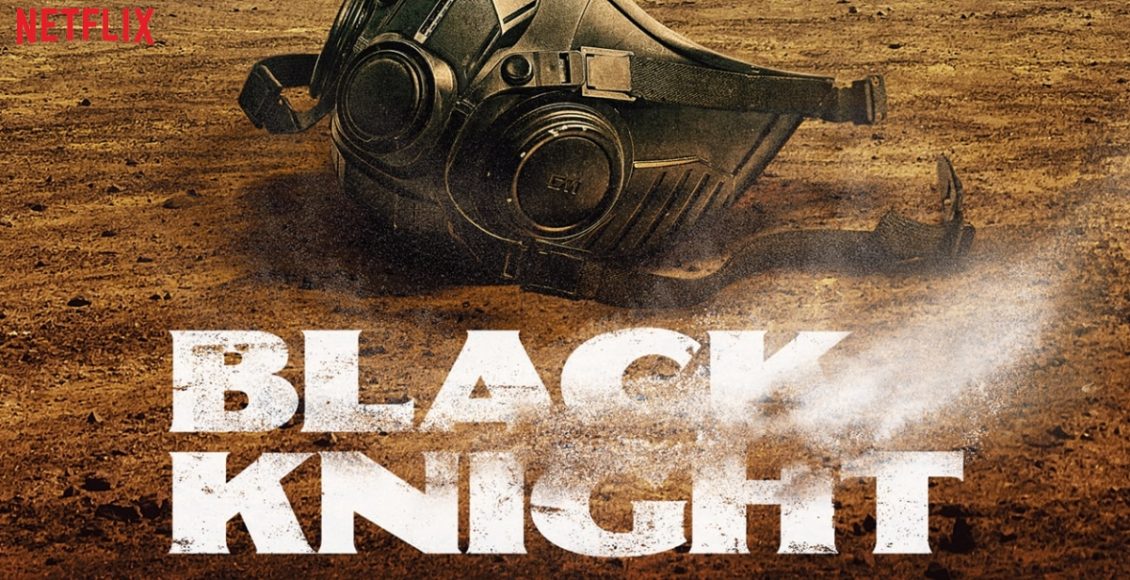[Black Knight Review Netflix] The Korean sci-fi series set in a dystopian world is completely fake.
Black Knight
Summary
The Korean sci-fi series set in a post-apocalyptic world falls short in many aspects. Every element in the series feels blatantly fake and the overall quality seems to be lacking, almost resembling a low-budget production. The storyline, derived from a shallow cartoon, lacks depth, and the dialogue feels unnatural. Additionally, it attempts to imitate Western series, lacking originality and proper execution. Moreover, the constant insertion of comedic elements contradicts the realistic tone of the post-apocalyptic world. The only positive aspect is the short length of the series, with only 6 episodes. For those who enjoy Korean dramas and are looking for something slightly different, it might be worth watching, but it’s advisable not to expect too much.
Overall
4/10User Review
( votes)Pros
– Earth’s Disaster from Air Pollution
– 6 Episodes Short Series
Cons
- The scenes have a noticeable fake appearance.
- The storyline lacks depth.
- Comedic elements that do not align with the main theme.
- Unnatural dialogue.
ADBRO
Black Knight a Korean original Netflix series consisting of 6 episodes with Thai dubbing, portrays a story set in the future world of 2071. In this world, humanity’s survival depends on the enigmatic “Black Knights,” who are not ordinary couriers. The plot revolves around a future where the world is plagued by air pollution and the struggle for human existence.
Black Knight Review Netflix
The Korean referring to is based on a science fiction webtoon. It depicts a dystopian world where Earth is affected by pollution from a comet collision, resulting in only 1% of humanity surviving. This leads to a societal class divide, where delivery workers become essential in the system, responsible for delivering oxygen to the survivors. The series follows the legendary delivery knight “5-8,” who possesses exceptional combat skills, and “Sa-wol,” a young boy who aspires to be like him and seeks adventure and danger.
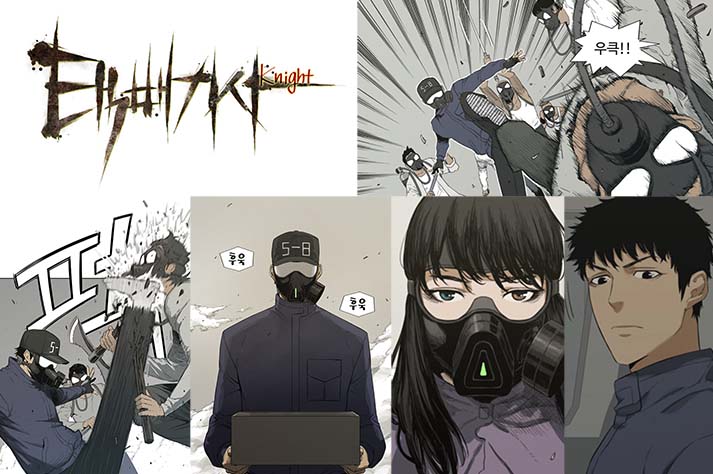 The Korean series produced by Netflix that attempts to elevate and transform the traditional genre into a Western-style dystopian sci-fi series indeed requires a higher production budget compared to regular TV dramas. Despite securing funding from Netflix and other sources, this particular series still falls short of the standards set by Western series in the same genre.
The Korean series produced by Netflix that attempts to elevate and transform the traditional genre into a Western-style dystopian sci-fi series indeed requires a higher production budget compared to regular TV dramas. Despite securing funding from Netflix and other sources, this particular series still falls short of the standards set by Western series in the same genre.
It is clear that one of the main noticeable aspects is the use of various elements in the storyline that depict a simulated society in a world devastated by pollution and covered in dust. These elements are clearly fabricated and easily discernible as being fake, especially in wide-angle shots of cities and scenic landscapes, where it is evident that computer-generated imagery (CGI) resembling video game graphics is utilized. Such scenes are frequently employed throughout the series, which diminishes the overall credibility and gives the impression of a lower production budget compared to the expected standards.
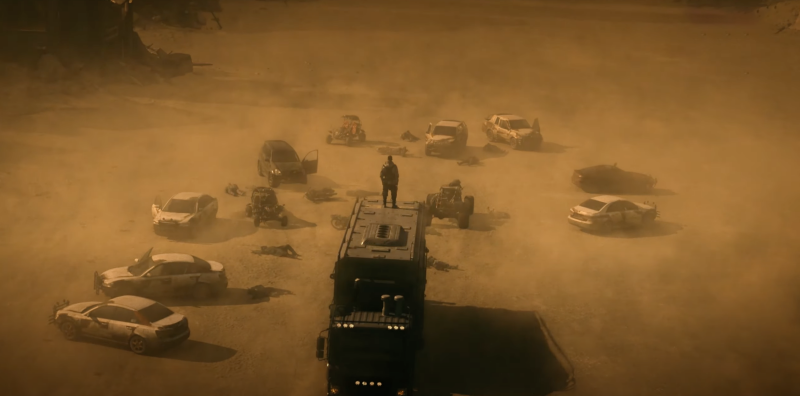 Furthermore, the limited scope of the storyline and repetitive nature of the settings contribute to the series feeling monotonous. The majority of scenes are confined to a few locations, resulting in a lack of variety and making the series appear tedious. Additionally, even though the story showcases driving through dusty landscapes, small rooms, and underground cities that are meant to appear vibrant, All scenes in the series are still of low-quality CGI throughout.
Furthermore, the limited scope of the storyline and repetitive nature of the settings contribute to the series feeling monotonous. The majority of scenes are confined to a few locations, resulting in a lack of variety and making the series appear tedious. Additionally, even though the story showcases driving through dusty landscapes, small rooms, and underground cities that are meant to appear vibrant, All scenes in the series are still of low-quality CGI throughout.
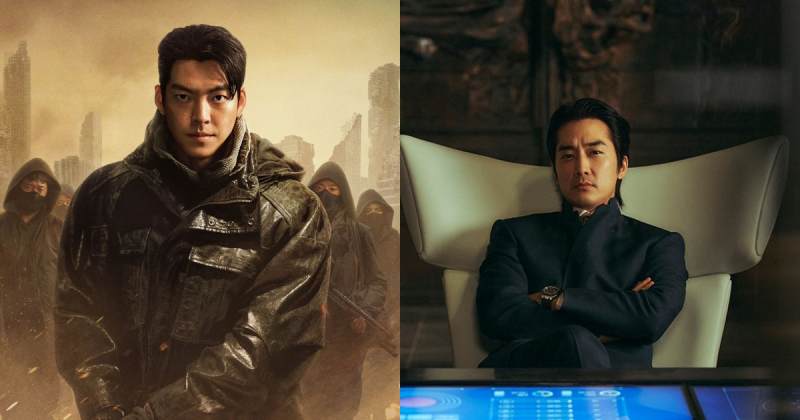 Furthermore, due to its origins as a webtoon, the storyline that should have been deep and immersive turns out to be a simplistic and generic narrative. It revolves around a young boy dreaming of becoming a skilled delivery worker who must also possess combat abilities. He strives to pursue his dream and eventually encounters a legendary hero who trains the young boy to join the revolution. The hero’s faction fights against the oppressive capitalists who control the oxygen delivery industry, a vital factor for survival in this world. However, the plot becomes uninteresting and lacks excitement. Many aspects attempt to replicate Western narratives, such as incorporating a live broadcast game similar to “Hunger Games” where survivors are chosen as delivery workers. But it ends up being a mere generic game concept, resembling a diluted version of “Hunger Games.” Indeed, several games within the series attempt to appear grandiose, but they ultimately lack the innovative creativity that is clearly evident.
Furthermore, due to its origins as a webtoon, the storyline that should have been deep and immersive turns out to be a simplistic and generic narrative. It revolves around a young boy dreaming of becoming a skilled delivery worker who must also possess combat abilities. He strives to pursue his dream and eventually encounters a legendary hero who trains the young boy to join the revolution. The hero’s faction fights against the oppressive capitalists who control the oxygen delivery industry, a vital factor for survival in this world. However, the plot becomes uninteresting and lacks excitement. Many aspects attempt to replicate Western narratives, such as incorporating a live broadcast game similar to “Hunger Games” where survivors are chosen as delivery workers. But it ends up being a mere generic game concept, resembling a diluted version of “Hunger Games.” Indeed, several games within the series attempt to appear grandiose, but they ultimately lack the innovative creativity that is clearly evident.
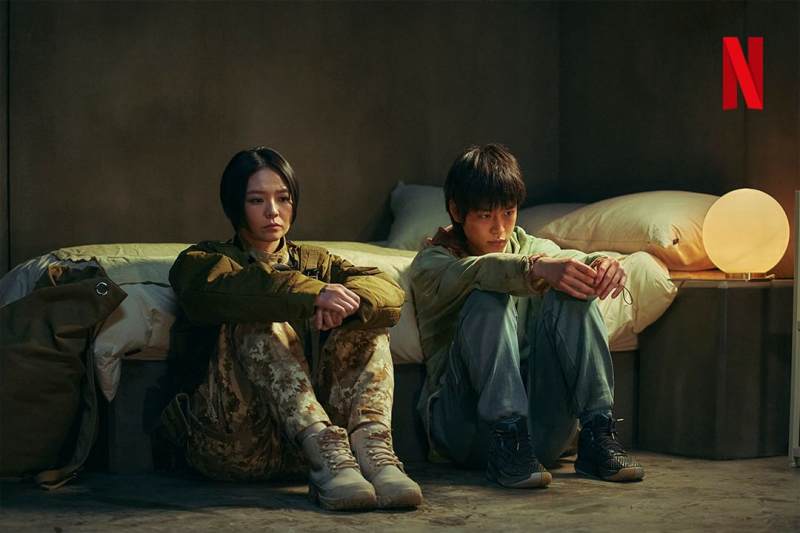 One more thing that undermines the quality of the series is the attempt to inject excessive humor, which contradicts the serious dystopian storyline of the post-apocalyptic world. The protagonist’s expressionless face and stiff dialogue delivery further detract from the naturalness of the character.
One more thing that undermines the quality of the series is the attempt to inject excessive humor, which contradicts the serious dystopian storyline of the post-apocalyptic world. The protagonist’s expressionless face and stiff dialogue delivery further detract from the naturalness of the character.
The only thing that I felt was good about this series is that it has a relatively short length, with only 6 episodes. This is different from typical Korean dramas that are much longer. It makes the story more concise. For those who enjoy Korean dramas and are looking for something new, it might be worth watching.

